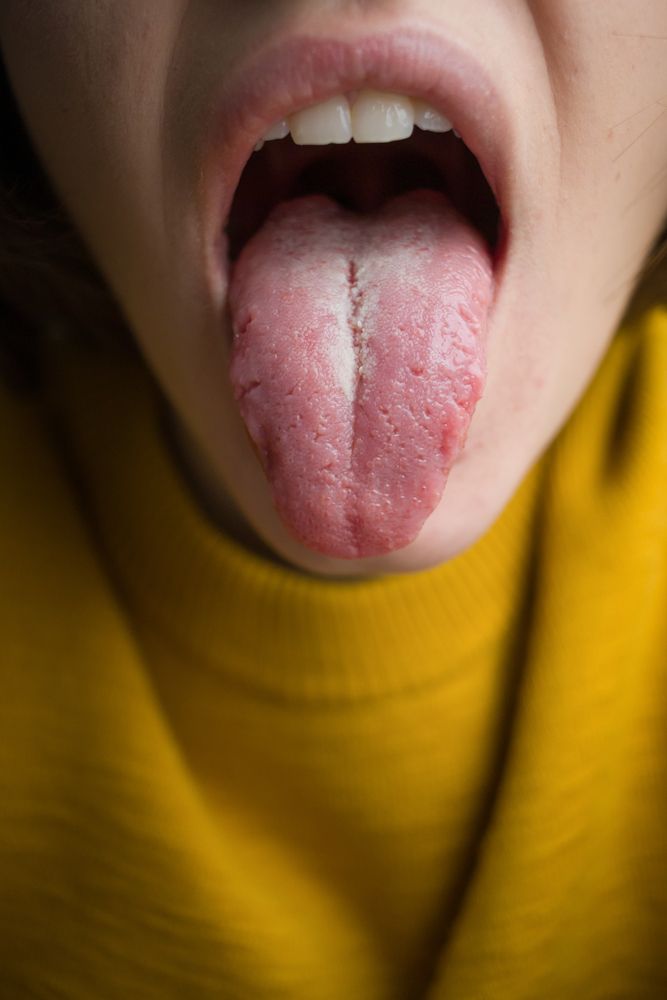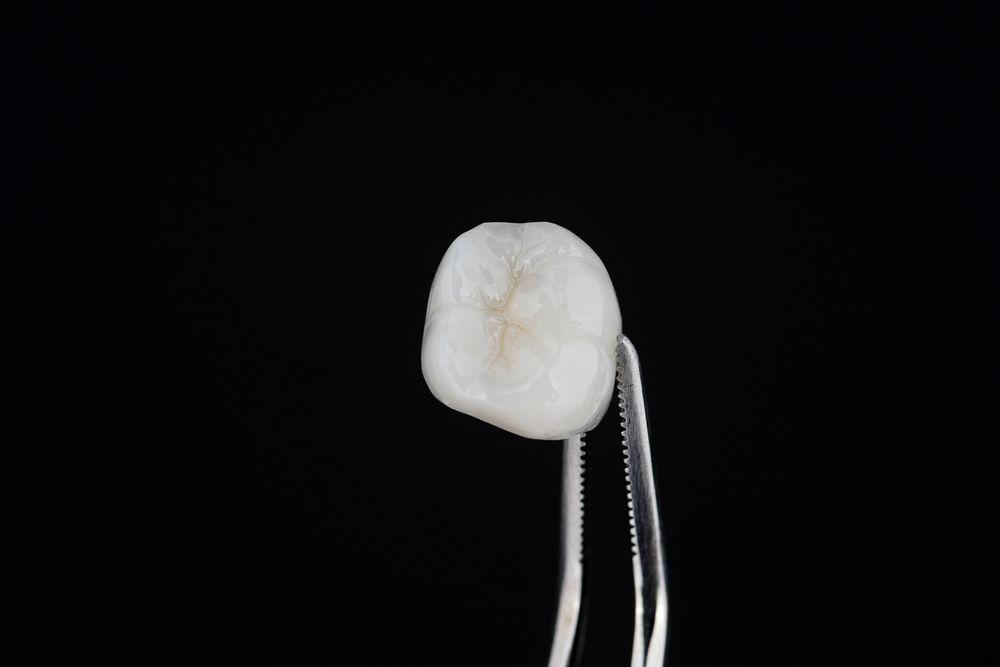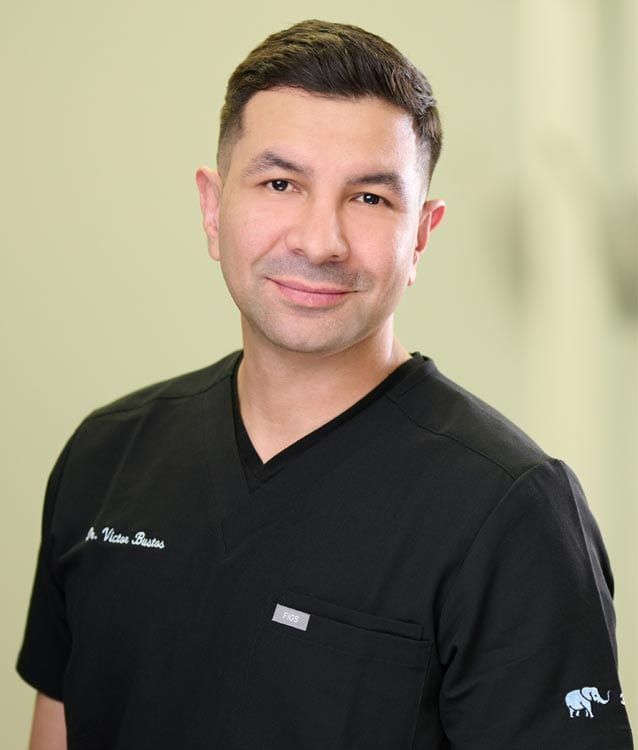Living with protruding teeth presents several challenges, and they aren’t all aesthetic in nature. Conditions like overbite have been demonstrated to increase risks of traumatic dental injury, in addition to a host of other problems. Thankfully there are treatment methods available to correct these conditions while simultaneously reducing these risks.
85% Of All Children In The United States Between Ages 12-15 Suffer From Protruding Teeth
The Most Frequent Causes of Conditions With Protruding Teeth
Conditions that result in protruding teeth most commonly appear during childhood but will carry through into adulthood if not treated. While behaviors resulting in protruding teeth can start at any time, they typically start making their appearance during the earliest developmental years. The source of these conditions vary from patient to patient but can include:
- Genetics – Almost every aspect of our health is affected by genetics to one degree or another, and our dental health is no exception. Genetic disposition to jaw shapes that encourage teeth to protrude in parents leads to higher incident rates in children. This source isn’t preventable, but some treatments can correct the results.
- Too Many Or Too Few Teeth – Our mouth’s natural design is perfectly suited to the standard number of permanent teeth. Whether due to tooth loss or having more teeth than usual, having a non-standard number of teeth can produce issues. Missing teeth will cause others to migrate out of place, while too many can cause teeth to come in misaligned.
- Finger Sucking – This widespread habit has no severe repercussions when stopped by age 3. After that point, it can force our teeth out of position, resulting in forward jutting teeth.
- Tongue Thrusting – Tongue thrusting is typically the result of another condition that causes the tongue to be pushed too far forward. Swollen tonsils, allergies, tongue-tie, and poor swallowing habits can all contribute to this behavior. Tongue thrusting places undue pressure on the forward teeth, causing them to move out of position if left untreated.
The most effective method of avoiding protruding teeth is to address the underlying cause. Once protruding teeth have already occurred, the next step is an orthodontic treatment to reverse or correct them. Avoiding protruding teeth from non-genetic sources is possible with your dentist’s help through treatments or techniques for habit cessation.
Risk of Injuries From Protruding Teeth
Those who have protruding teeth have been revealed to have more frequent dental trauma incidents, especially those who are younger. Severe trauma to the teeth often exposes the inner pulp, causing significant pain. It can also result in teeth becoming discolored, and misalignments occur due to impact or missing teeth. Adolescent patients frequently report some degree of dental trauma, especially if active in sports or other forms of physical activity.






